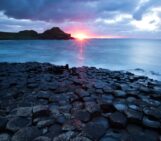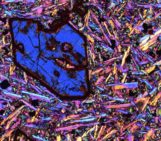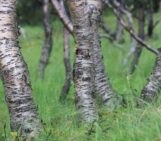On the menu this Monday is the opportunity to indulge in some incredible Icelandic geology. Take a look at a tremendous waterfall and the beautiful basalt it cuts through…
Iceland is famous for its striking landscapes, from fiery volcanoes and fields of basalt to violent geysers and pools of the most fantastic blue. One of the country’s many geological gems is Dettifoss waterfall – a 100-metre-high mass of white, tumbling water within Vatnajökull National Park.
With about 200 cubic metres of water falling each second, Dettifoss is widely reported to be the most powerful waterfall in Europe. It certainly looks the part.
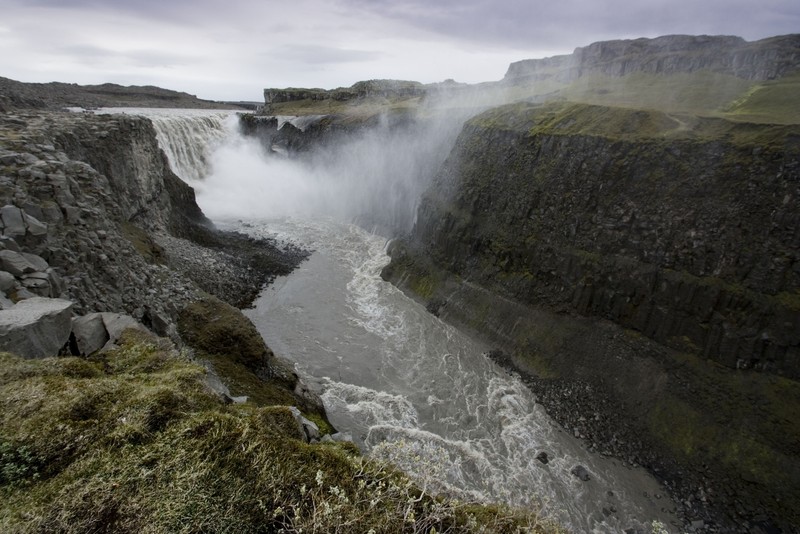
Dettifoss waterfall, Iceland (Credit: Neil Davies, via imaggeo.egu.eu)
Dettifoss is fed by melt from the Vatna Glacier (Vatnajökull), and the spring spike in meltwater means the fall’s flow can reach some 1500 cubic metres per second. By putting your hand to the rocks beside the fall you can feel the thundering torrents as the basalt vibrates beneath your fingertips.
The Jökulsá river snakes through the park’s volcanic canyons, which are constantly being cut by the erosive force of the fall. Dettifoss isn’t the only great feature in this photo though: the canyon walls are layered with lava flows that – even at a glance – reveal when they were deposited. The relatively smooth deposit at the base of the wall and the thinner skin of smooth basalt in the middle are the product of interglacial eruptions. The two rough, blocky-looking layers are columnar basalt deposits – a feature that forms when lava meets ice and cools so rapidly that it fractures into long, hexagonal columns.
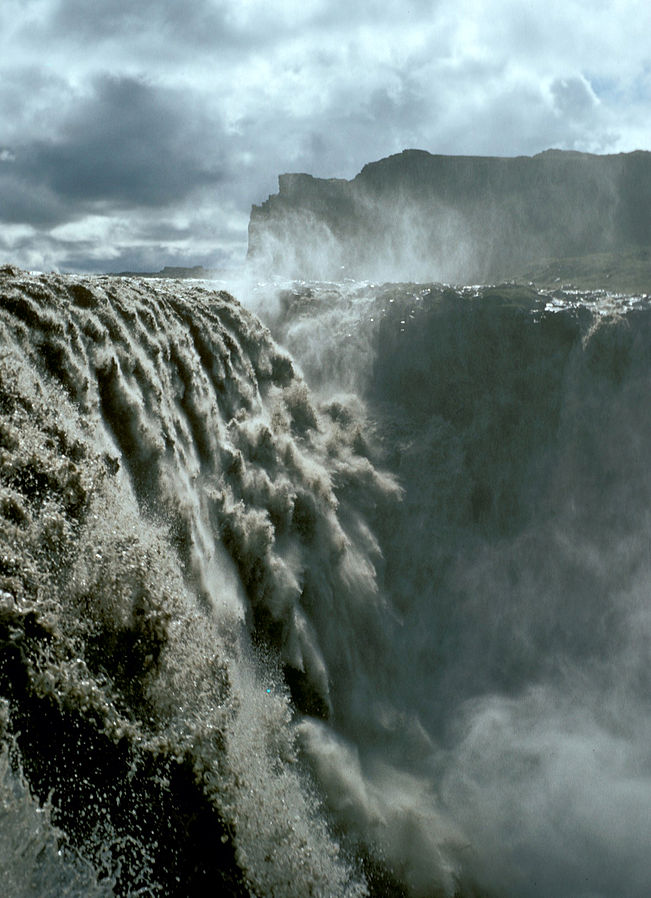
Dettifoss up close. (Credit: Roger McLassus)
For many geoscientists, Iceland is the top spot on the geological destination list. If you went to Iceland, where would you go? Been before? Tell the tale. We’d love to hear from you.
By Sara Mynott, EGU Communications Officer
Reference:
Bamlett, M., and Potter, J. F.: Icelandic geology: an explanatory excursion guide based on a 1986 Field Meeting. Proceedings of the Geologists’ Association 99.3, 221-248, 1988.
Imaggeo is the EGU’s open access geosciences image repository. Photos uploaded to Imaggeo can be used by scientists, the press and the public provided the original author is credited. Photographers also retain full rights of use, as Imaggeo images are licensed and distributed by the EGU under a Creative Commons licence. You can submit your photos here.

